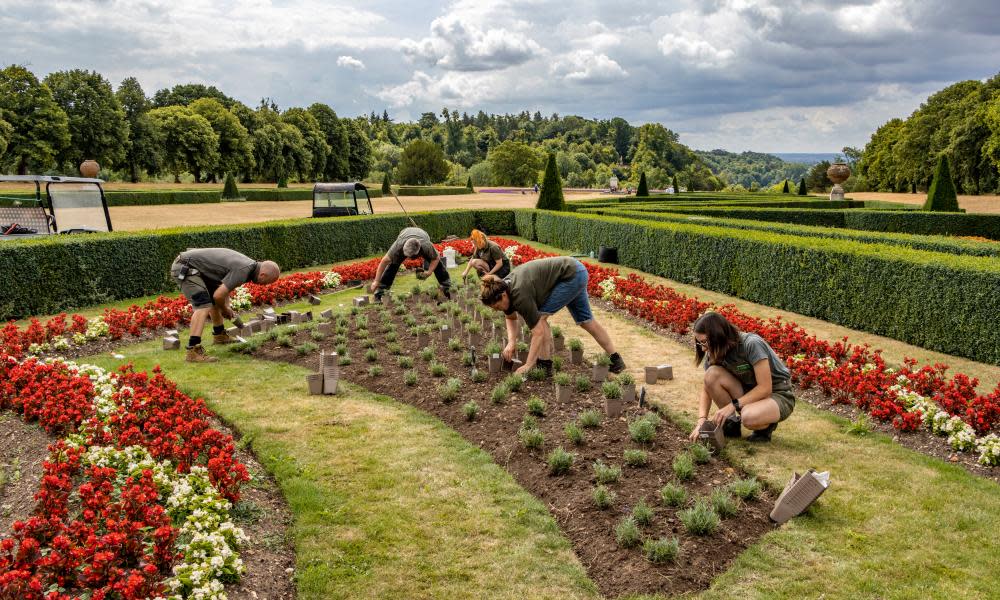National Trust tells of bats in distress and water features drying up in heat

The National Trust has reported significant effects across its estate from the recent extreme heat including bats in distress, heather struggling to flower and historic water features drying up.
At Wallington in Northumberland, bats were found disoriented and dehydrated in the daylight during the hottest days this summer, while in Cambridgeshire, a waterwheel that powers a flour mill has had to stop turning due to low river levels.
The charity said the record-breaking conditions must be a “watershed moment” for action on emissions as it prepares for long-term hot and dry weather by selecting drought-resistant plants, increasing tree cover and creating wetlands.
“It impacts everything we do, and we can see the trend going forward,” said Keith Jones, a national climate change adviser for the trust.
“The one that really got me to stop and think was the bats that fell on to the ground in the heat and the rangers were picking them up off the floor. It’s the smallest bits of the jigsaw, such as the bats, that seem to be suffering the most.
“This has to be a watershed moment, where we make a decisive shift from words to action.”
In the east of England, where temperatures hit 40C (104F) last month, 60-70% of heather plants at the rare lowland heath site of Dunwich Heath in Suffolk are struggling to flower.
On Dartmoor in south-west England, some tree-growing lichen, liverwort and mosses that usually thrive in the damp atmosphere of Lydford Gorge, a site of globally important temperate rainforest, are shrivelling amid a lack of humidity.
Elsewhere, rills and water features in some historic gardens dried up during July’s heatwave, while several wildfires have broken out on trust land in recent weeks, including one in Devon that has taken two months to fully extinguish.
“We’re heading really quickly towards quite a bad future,” said Jones. “We’re trying to make things more resilient. But the resilience can only take you so far, we’re going to have to adapt further, because at the moment we’re not sure where the end point is on climate change.”
Related: Plants that can defy droughts and hosepipe bans | James Wong
The trust is implementing strategies to help protect landscapes and buildings from the heat, such as a new drought-tolerant garden at Felbrigg Hall in Norfolk, which only required watering once this summer, and extra shading and ventilation for historic buildings.
It is also introducing 20m new trees by 2030 and restoring landscapes to make them wetter. At Oxburgh Hall in Norfolk, a four-year project is restoring a 19th-century formal garden so it is better able to cope with hot weather.
The house’s senior gardener, Dea Fischer, said: “In some parts the soil is like beach sand and needs constant mulching and attention to ensure it can nourish plants. It’s so dry that some plants that once grew here will no longer grow.
“We aren’t likely to see this revert, so we need to prepare, and learn to garden differently. We are looking for plants that can tolerate drought, but also occasional wet, and grouping plants with similar moisture needs.”

 Yahoo Movies
Yahoo Movies 
